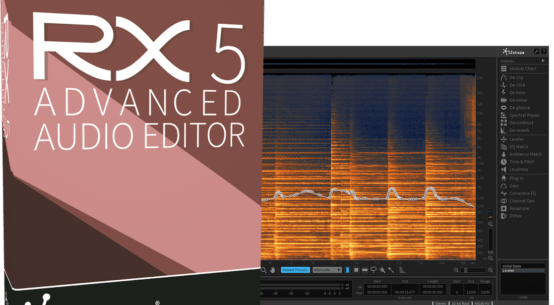
Review by Katie Tarrant
Edited by Sam Hughes
For my debut product library review, I take a look at Embertone’s Intimate Solo Strings Bundle, providing an in-depth tutorial and summary of my thoughts so far.
WHAT IS IT? The Solo Strings Bundle (or Intimate Strings Solo) is a collection of solo string instruments developed by a company called Embertone. Founded by Alex Davis and Jonathan Churchill, Embertone have brought out a vast array of fantastic products, primarily solo instruments. The four products that we’ll be looking at are the Friedlander Violin, the Fischer Viola, the Blakus Cello and the Leonid Bass which are all nicely compiled in to their ‘Solo Strings Bundle’.
WHY THIS LIBRARY? The first thing that drew me towards these libraries was undoubtedly the beauty of the tones that Alex and Jonathan have captured with the creation and production. They are some of the these most passionate and realistic playing that I have yet heard on a solo string bundle. A massive thing that contributes to this is not only the musicians that they have chosen to record it, but also the amount of control and customisation you have over the sound when using the libraries.
FEATURES
Each of the individual string libraries featured in this bundle are incredibly versatile thanks to the abundance of customisation options available. The libraries include four main playing styles: sustain, staccato, pizzicato and tremolo. However, they include the additional options of con sordino (muted sound), sul ponticello (bowing nearer the bridge) and sul tasto (bowing nearer the fingerboard).
As well as our playing styles, we have a Round Robin setting which ensures the notes repeat after every number of sets to avoid repetition. We also have a Polyphonic and a Legato mode if you want to chord your parts, or solo them respectively.
ENSEMBLE: Each library offers an Ensemble mode which comes with its own array of customisable options. By default, you have 8 players in your ensemble but you can easily de-select whichever player in whichever position you desire to alter the ensemble’s sound.
This sound can be further adapted using the Humanization controls – you can alter the tightness, randomisation and intonation of the notes between the players. Used correctly, this goes a long way towards achieving the real live sound of an orchestra. Regardless of how tight live string players are, there will always be slight fluctuations and differences between each player’s performance, so having this option included in the library is a massive benefit.
VIBRATO: The vibrato display is yet another great feature for ensuring passionate and realistic playing. This is controlled with three dials, a vertical dial on the left which influences the speed the note will vibrate at, a horizontal dial on the bottom that influences the intensity of that vibration and a third dial which controls both the speed and intensity at the same time. There are also presets for the vibrato if you don’t want to set the values yourself.
REVERB: As with most libraries, there is an in-built reverb which simply activates when you move the dial and gives you a precise visible percentage of wet and dry. This is one of the first orchestral libraries I have used where I have had a preference for the in-built reverb over some of the other reverbs that I own.
CONFIGURE SETTINGS: The Configure tab is one of the most important aspects of these libraries as it is the hub for the majority of your customisation controls. You will see an Upper and Lower speed which control the responsiveness of the instrument. When the speed is lower, transitions between legato notes are slower. As it increases, the transition length between notes in compressed to increase the play-ability and realism of the instrument.
You also have a Responsiveness dial that will increase and or decrease how quickly the player bows each note. Additionally, you have your Transition attenuation that dips the sound in between note transitions and your Bow Noise Reduction that increases or decreases the sound of the bow on the strings. If you’re going for a distant reverberant space, you can turn this down or even off to prevent the bow noise destroying that effect.
Summary of Features
- Realistic, authentic and downright beautiful sampled performances
- Multiple playing styles: sustain, staccato, pizzicato, tremolo, plus con sordino, sul ponticello, sul tasto, polyphonic and legato
- Additional use of Round Robin, in-built reverb,
- Fully customisable ensemble mode that allows you to change how many players you have, and even the way they play together
- Vibrato control, able to control both the intensity and speed of vibrato and also the ‘colour’ which enables you to choose where on the string the player bows
LINKS
Official
We hope you enjoyed Katie’s review, check out others in our Reviews section. Don’t forget to sign up to our Monthly Newsletter to make sure you don’t miss out on our reviews and interviews.
We’re also running a Patreon campaign to make sure we can keep bringing you regular, high quality content if you’re feeling generous! Thanks for even sharing!
The Sound Architect




